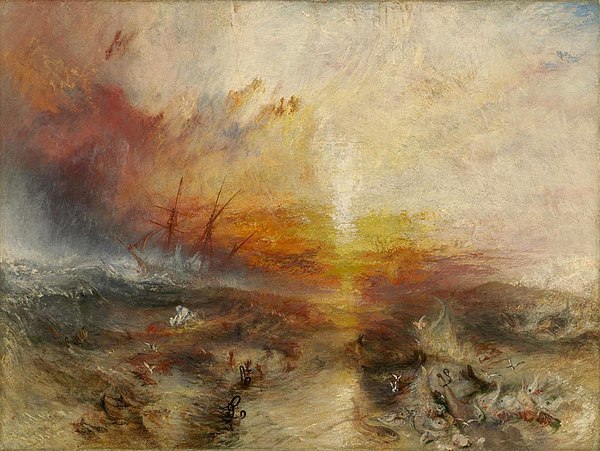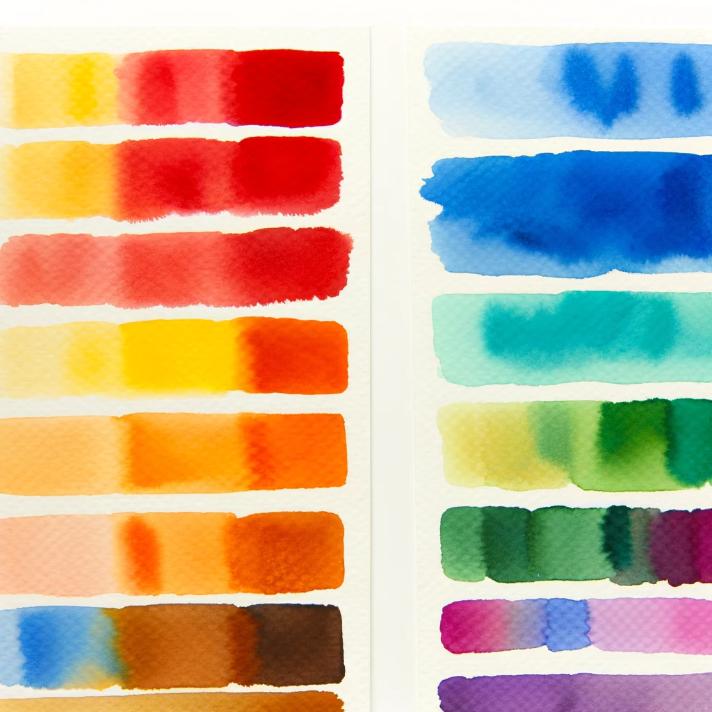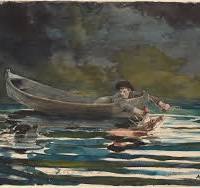Watercolors are a unique and expressive medium, beloved for their translucency and fluidity. This type of paint is water-based, allowing artists to create delicate washes, vibrant hues, and details with ease.
Historical Background
- Ancient Origins: Watercolor paintingPainting is a fundamental form of visual art that has been practiced for thousands of years. It involves applying pigment to a surface such as canvas, paper, or a wall. Painting can be explored through various styles, techniques, and mediums, each offering unique possibilities for expression and creativity. Historical Background • Ancient Beginnings: The history of painting dates back to More dates back to ancient civilizations, including Egypt and China, where it was used for manuscript illumination and decorative arts.

- Renaissance Revival: During the Renaissance, artists like Albrecht DürerAlbrecht Dürer (1471–1528) was a pivotal figure in the Northern Renaissance, renowned for his contributions to painting, printmaking, and theoretical writings. Born in Nuremberg, Germany, Dürer’s work bridged the artistic gap between the Italian Renaissance and Northern Europe, bringing a new level of detail, realism, and innovation to his art. Early Life and Education Dürer was born into a family More elevated watercolor paintingPainting is a fundamental form of visual art that has been practiced for thousands of years. It involves applying pigment to a surface such as canvas, paper, or a wall. Painting can be explored through various styles, techniques, and mediums, each offering unique possibilities for expression and creativity. Historical Background • Ancient Beginnings: The history of painting dates back to More, using it for detailed botanical studies and landscapes.

- Modern Developments: The 18th and 19th centuries saw watercolor become a respected art form in Europe, with artists such as J.M.W. TurnerJoseph Mallord William Turner, commonly known as J.M.W. Turner, is one of the most celebrated and influential artists in the history of British art. Born in 1775 in London, Turner is renowned for his groundbreaking landscape paintings and mastery of light, color, and atmosphere. His work significantly impacted the Romantic movement and laid the groundwork for Impressionism. Early Life and More and John Constable pushing its boundaries.

Materials and Tools
Watercolor paintingPainting is a fundamental form of visual art that has been practiced for thousands of years. It involves applying pigment to a surface such as canvas, paper, or a wall. Painting can be explored through various styles, techniques, and mediums, each offering unique possibilities for expression and creativity. Historical Background • Ancient Beginnings: The history of painting dates back to More requires specific materials and tools, each contributing to the process:
- Watercolor Paints: These come in tubes, pans, or liquid form. The pigmentsPigments are essential to the creation of art, providing the vibrant colors that artists use to bring their visions to life. These substances, derived from a variety of natural and synthetic sources, have a rich history and a wide range of applications in both traditional and modern art. Colour Pigments Definition and Composition • Pigment: A material that imparts color More are mixed with a water-soluble binder, usually gum arabic.
- BrushesBrushes are indispensable tools for artists, used to apply paint, create textures, and define details. With a wide range of shapes, sizes, and materials available, understanding the different types of brushes and their uses can significantly enhance an artist's work. Definition and Composition • Brush: An artist's tool made up of a handle, a ferrule (the metal part that connects More: Watercolor brushesBrushes are indispensable tools for artists, used to apply paint, create textures, and define details. With a wide range of shapes, sizes, and materials available, understanding the different types of brushes and their uses can significantly enhance an artist's work. Definition and Composition • Brush: An artist's tool made up of a handle, a ferrule (the metal part that connects More are typically made of natural or synthetic fibers that hold water well. Common types include round, flat, and mop brushesBrushes are indispensable tools for artists, used to apply paint, create textures, and define details. With a wide range of shapes, sizes, and materials available, understanding the different types of brushes and their uses can significantly enhance an artist's work. Definition and Composition • Brush: An artist's tool made up of a handle, a ferrule (the metal part that connects More.
- Paper: Watercolor paper is heavier and more absorbent than regular paper, often available in different textures like hot-pressed (smooth), cold-pressed (medium texture), and rough.
- Palette: A palette is used for mixing colors. It can be a traditional ceramic or plastic palette, or even a simple plate.
- Water Containers: Essential for rinsing brushesBrushes are indispensable tools for artists, used to apply paint, create textures, and define details. With a wide range of shapes, sizes, and materials available, understanding the different types of brushes and their uses can significantly enhance an artist's work. Definition and Composition • Brush: An artist's tool made up of a handle, a ferrule (the metal part that connects More and diluting paint. Artists often use two containers – one for clean water and one for rinsing.
Check out the best watercolor materials here.
Techniques and Styles
Watercolor paintingPainting is a fundamental form of visual art that has been practiced for thousands of years. It involves applying pigment to a surface such as canvas, paper, or a wall. Painting can be explored through various styles, techniques, and mediums, each offering unique possibilities for expression and creativity. Historical Background • Ancient Beginnings: The history of painting dates back to More offers a variety of techniques and styles, each allowing for different effects and expressions:
- Wash: A technique where a layer of diluted paint is applied to a large area, creating a uniform color. Washes can be graded (gradual change from dark to light) or flat (even color).
- Wet-on-Wet: Applying wet paint onto a wet surface creates soft, blended edges and spontaneous effects.
- Dry Brush: Using a brush with minimal water to create rough, textured strokes, ideal for adding details and texture.
- Lifting: Removing paint from the paper with a damp brush, sponge, or tissue to create highlights or correct mistakes.
- GlazingGlazing is a sophisticated painting technique that involves applying thin, transparent layers of paint over a dry layer to alter its color and texture subtly. This method has been used by artists for centuries to create luminous, rich, and deep effects in their paintings. Glazing allows artists to build complex color compositions and achieve a depth that cannot be achieved More: Applying multiple transparent layers of paint over a dry layer to build depth and adjust color intensityIn color theory, intensity, also known as saturation or chroma, refers to the purity and vividness of a color. This property is essential for artists and designers as it helps create dynamic and engaging visuals. Intensity determines how bright or dull a color appears, influencing the overall impact and mood of a composition. Defining Intensity Intensity measures the degree of More.

The Process of Painting with Watercolors
Creating a watercolor paintingPainting is a fundamental form of visual art that has been practiced for thousands of years. It involves applying pigment to a surface such as canvas, paper, or a wall. Painting can be explored through various styles, techniques, and mediums, each offering unique possibilities for expression and creativity. Historical Background • Ancient Beginnings: The history of painting dates back to More involves several steps, each contributing to the final work:
- Preparation: Choose and prepare the paper. Some artists stretch their paper to prevent it from warping when wet.
- SketchingSketching is a fundamental practice in the art world, involving the creation of quick, loose drawings to capture basic shapes, forms, and ideas. It serves as the backbone for more detailed artworks and helps artists refine their concepts. Essential Sketching Supplies • Pencils: Ranging from hard (H) to soft (B) grades, providing a variety of lines and textures. • Paper: More: Lightly sketch the composition with a pencil. This outline guides the paintingPainting is a fundamental form of visual art that has been practiced for thousands of years. It involves applying pigment to a surface such as canvas, paper, or a wall. Painting can be explored through various styles, techniques, and mediums, each offering unique possibilities for expression and creativity. Historical Background • Ancient Beginnings: The history of painting dates back to More process.
- Applying Washes: Begin with broad washes to establish the base colors and tonesIn color theory, a tone is a version of a color created by adding gray (a mix of black and white) to the original hue. This concept is essential for artists and designers as it allows for a wide range of colors that are neither too dark nor too light, providing versatility in creating depth, mood, and harmony within a More.
- Building Layers: Add layers of color, allowing each to dry before applying the next. This builds depth and richness.
- Detailing: Use fine brushesBrushes are indispensable tools for artists, used to apply paint, create textures, and define details. With a wide range of shapes, sizes, and materials available, understanding the different types of brushes and their uses can significantly enhance an artist's work. Definition and Composition • Brush: An artist's tool made up of a handle, a ferrule (the metal part that connects More and techniques like dry brush or lifting to add intricate details and textures.
- Final Touches: Refine the paintingPainting is a fundamental form of visual art that has been practiced for thousands of years. It involves applying pigment to a surface such as canvas, paper, or a wall. Painting can be explored through various styles, techniques, and mediums, each offering unique possibilities for expression and creativity. Historical Background • Ancient Beginnings: The history of painting dates back to More with any final adjustments, ensuring harmony and balance in the composition.


Famous Artists and Their Contributions
Many artists have made remarkable contributions to the world of watercolor paintingPainting is a fundamental form of visual art that has been practiced for thousands of years. It involves applying pigment to a surface such as canvas, paper, or a wall. Painting can be explored through various styles, techniques, and mediums, each offering unique possibilities for expression and creativity. Historical Background • Ancient Beginnings: The history of painting dates back to More:
- J.M.W. TurnerJoseph Mallord William Turner, commonly known as J.M.W. Turner, is one of the most celebrated and influential artists in the history of British art. Born in 1775 in London, Turner is renowned for his groundbreaking landscape paintings and mastery of light, color, and atmosphere. His work significantly impacted the Romantic movement and laid the groundwork for Impressionism. Early Life and More: Known for his atmospheric landscapes and seascapes, Turner used watercolors to capture light and movement with remarkable subtlety.
- Winslow HomerWinslow Homer (1836–1910) stands as one of the most prominent figures in American art. Known for his exceptional ability to capture the natural world and human interaction with it, Homer’s work spans various themes, including rural life, maritime scenes, and the rugged American landscape. His mastery in both watercolor and oil painting has left an indelible mark on American art More: An American artist renowned for his marine subjects and powerful use of color, Homer brought a fresh realismRealism is an art movement that emerged in the mid-19th century, emphasizing the depiction of subjects as they appear in everyday life. It rejects the idealized forms and dramatic expressions of Romanticism, focusing instead on accuracy, truthfulness, and the mundane aspects of the human experience. Realism strives to capture the world in a straightforward and unembellished manner. Gustave Courbet, The More to watercolor paintingPainting is a fundamental form of visual art that has been practiced for thousands of years. It involves applying pigment to a surface such as canvas, paper, or a wall. Painting can be explored through various styles, techniques, and mediums, each offering unique possibilities for expression and creativity. Historical Background • Ancient Beginnings: The history of painting dates back to More.
- John Singer SargentJohn Singer Sargent (1856–1925) was an American artist renowned for his portraits, which capture the essence of his subjects with remarkable clarity and insight. Born to American expatriates in Florence, Italy, Sargent became one of the most sought-after portrait painters of his era, known for his technical mastery, innovative compositions, and ability to render light and texture with exceptional skill. More: His dynamic and loose watercolor portraits and landscapes showcase his masterful control over the medium.
- Georgia O’KeeffeGeorgia O'Keeffe (1887-1986) was an American artist renowned for her distinctive paintings of flowers, skyscrapers, and southwestern landscapes. Often called the "Mother of American Modernism," her work is characterized by its bold colors, innovative compositions, and an abstract yet deeply personal interpretation of her subjects. Early Life and Education Born in Sun Prairie, Wisconsin, O'Keeffe showed an early interest in More: Famous for her bold and colorful flower paintings, O’Keeffe’s watercolors demonstrate a striking use of form and color.
- Paul KleePaul Klee (1879-1940) was a Swiss-born painter and graphic artist whose work is associated with expressionism, cubism, and surrealism. Klee's art is characterized by his playful and experimental use of color, line, and form. He produced over 9,000 works, including paintings, drawings, and prints, making significant contributions to modern art. Early Life and Education Born in Münchenbuchsee, Switzerland, Klee showed More: An innovative artist whose abstract and whimsical watercolors reflect his exploration of color theoryColor Theory is a comprehensive framework used to understand and analyze the use and interaction of colors in visual compositions. It serves as a critical guide for artists, designers, and marketers, helping them create harmonious and effective designs. This concept encompasses various principles and elements that dictate how colors are combined, perceived, and utilized. Primary Colors: • The three foundational More and playful compositions.


Watercolors offer a delicate balance of control and spontaneity. Their unique properties and versatility make them a favorite among artists, allowing for endless creative possibilities and expressions.
